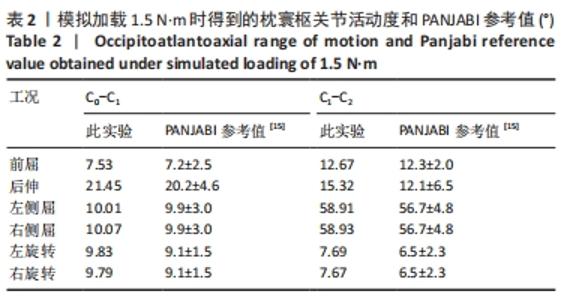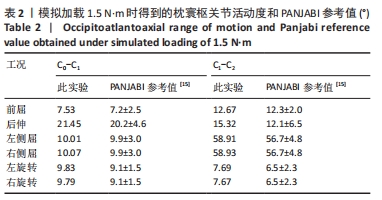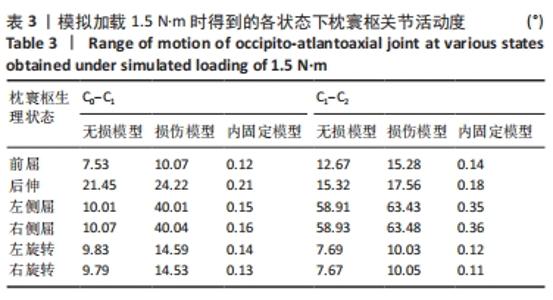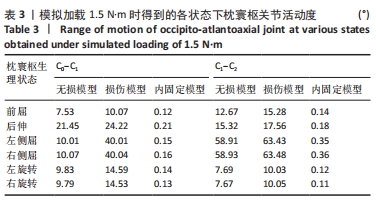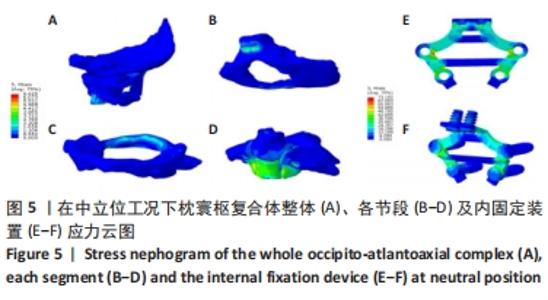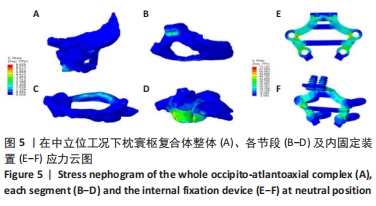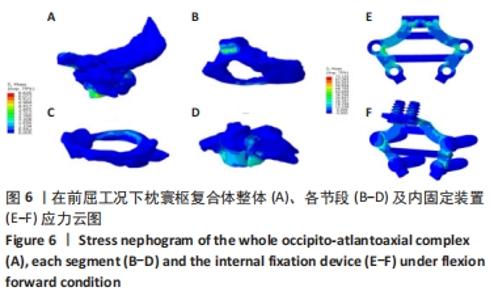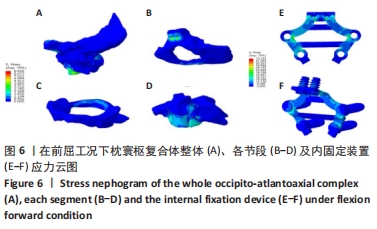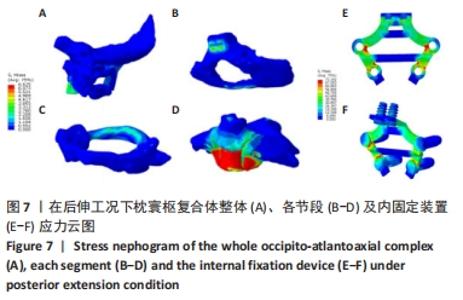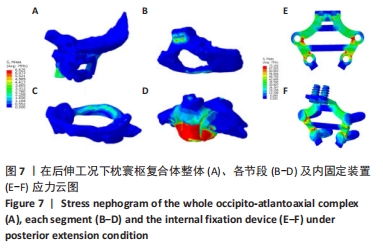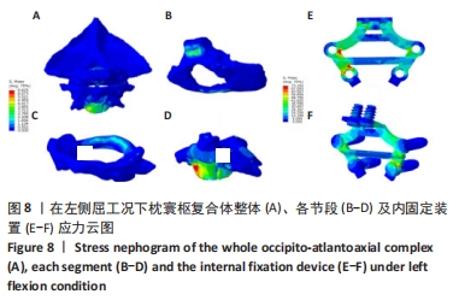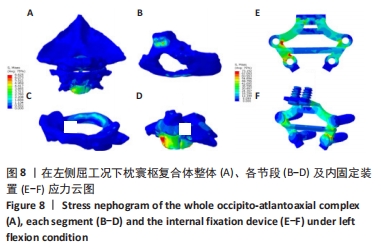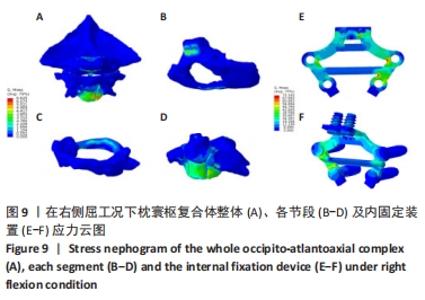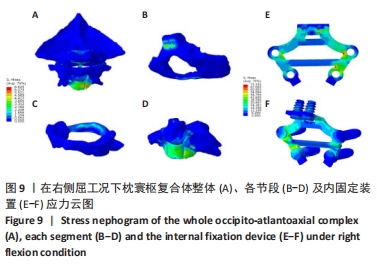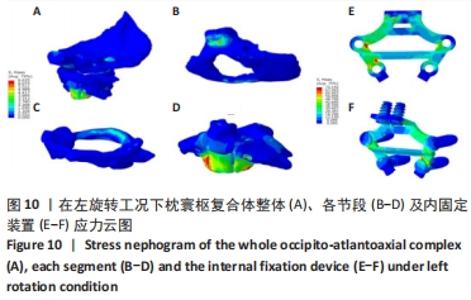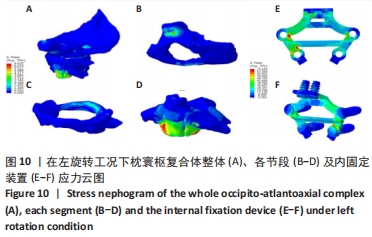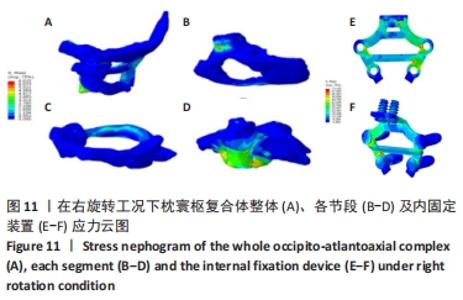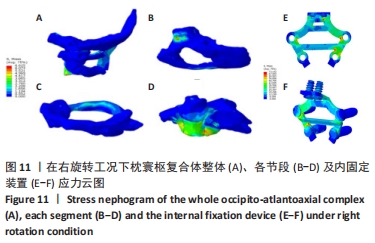[1] TAUCHI R, IMAGAMA S, ITO Z, et al. Complications and outcomes of posterior fusion in children with atlantoaxial instability. Eur Spine J. 2012;21(7):1346-1352.
[2] 李浩,李承鑫,张学军,等.3D打印模型辅助后路内固定治疗儿童颈椎畸形[J].临床小儿外科杂志,2016,15(1):57-59.
[3] ADIB O, BERTHIER E, LOISEL D, et al. Pediatric cervical spine in emergency: radiographic features of normal anatomy, variants and pitfalls. Skeletal Radiol. 2016;45(12):1607-1617.
[4] 鲍剑峰,米明珊,梁小弟,等.前后联合入路治疗儿童颈椎重度骨折脱位[J].中国现代医学杂志,2014,24(35):84-87.
[5] 王莉,彭田红,王伟,等.枕骨螺钉内固定的应用解剖[J].南华大学学报,2006,34(2):172-175.
[6] 季伟,赵浩增,王向阳,等.经前路枕颈融合术斜坡置钉的影像学研究[J].中国脊柱脊髓杂志,2012,22(9):792-796.
[7] 和雨洁,张少杰,李志军,等.4-6岁儿童下颈椎关节突关节的三维数字化形态特征[J].中国组织工程究,2019,23(28):4558-4563.
[8] LI X, WANG X, GAO S, et al. Computed tomography measurement of the bone matrix of vertebral pedicle and its clinical significance. Folia Morphol (Warsz). 2019;78(3):476-480.
[9] BELYTSCHKO T, KULAK RF, SCHULTZ AB, et al. Finite element stress analysis of an intervertebral disc. J Biomech. 1974;7(3):277-285.
[10] LIU YK, RAY G, HIRSCH C. The resistance of the lumbar spine to direct shear. Orthop Clin North Am. 1975;6(1):33-49.
[11] 任中武,倪斌.上颈椎三维非线性有限元模型的建立及其有效性验证[J].脊柱外科杂志,2007,5(3):159-162.
[12] 陈金水,倪斌.寰枢椎脱位三维非线性有限元模型的建立和分析[J].中国脊柱脊髓杂志,2010,20(9):749-753.
[13] KABEL J, VAN RIETBERGEN B, DALSTRA M, et al. The role of an effective isotropic tissue modulus in the elastic properties of cancellous bone. J Biomech. 1999;32(7):673-680.
[14] KUMARESAN S, YOGANANDAN N, PINTAR FA, et al. Biomechanical study of pediatric human cervical spine: a finite element approach. J Biomech Eng. 2000;122(1):60-71.
[15] PANJABI MM, CRISCO JJ, VASAVADA A, et al. Mechanical properties of the human cervical spine as shown by three-dimensional load-displacement curves. Spine (Phila Pa 1976). 2001;26(24):2692-2700.
[16] 刘映璇,陈凌峰,安美文.高速后碰撞时人体上颈椎的有限元分析[J].中国组织工程研究,2018,22(3):398-403.
[17] BREKELMANS WA, POORT HW, SLOOFF TJ. A new method to analyse the mechanical behaviour of skeletal parts. Acta Orthop Scand. 1972; 43(5):301-317.
[18] PHUNTSOK R, MAZUR MD, ELLIS BJ, et al. Development and initial evaluation of a finite element model of the pediatric craniocervical junction. J Neurosurg Pediatr. 2016;17(4):497-503.
[19] 史斌.上颈椎有限元模型的建立与分析,以10岁儿童为例[J].基因组学与应用生物学,2017,36(8):3447-3452.
[20] 许铎,孙锐坚,王天宇,等.基于有限元生物力学分析的股骨远端A型骨折探索与再思考[J].中华外科杂志,2019,57(11):812-817.
[21] 潘保顺,唐焕章,陈金水,等.一种新型后路寰枢椎固定系统的设计及有限元分析[J].中国脊柱脊髓杂志,2020,30(4):353-359.
[22] LUCK JF, NIGHTINGALE RW, SONG Y, et al. Tensile failure properties of the perinatal, neonatal, and pediatric cadaveric cervical spine. Spine (Phila Pa 1976). 2013;38(1):E1-12.
[23] 段婉茹,刘振磊,关键,等.应用宣武枕颈复位内固定系统一期后路手术治疗颅底凹陷寰枢椎脱位临床报告[J].中华外科杂志, 2019,57(10):782-787.
[24] 李新军,韩杨云,孙中书,等.改良寰枕减压术联合枕颈内固定术治疗Chiari畸形I型合并脊髓空洞症及寰枢椎脱位的疗效分析[J].中华神经医学杂志,2020,19(6):586-590.
[25] 陈群响,倪斌,郭群峰,等.带肌肉组织全颈椎三维有限元模型的建立及分析[J].中国脊柱脊髓杂志,2019,29(4):348-355.
[26] 谢天浩,卢玉昭,王在贵,等.带有枕骨全颈椎三维有限元模型的构建及生物力学分析[J].中国临床神经外科杂志,2019,24(11):681-684.
|
